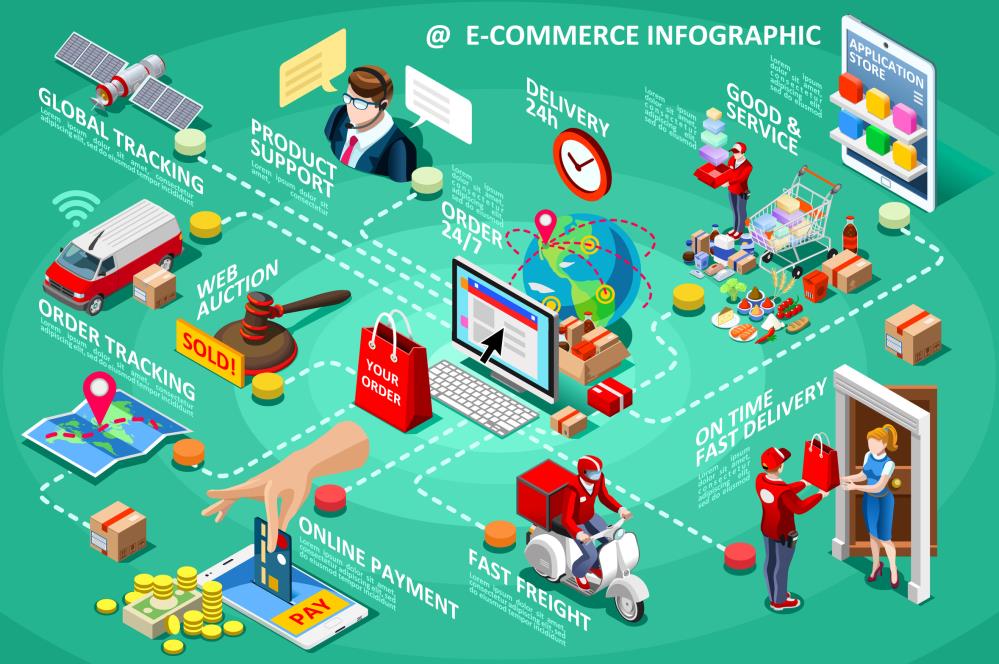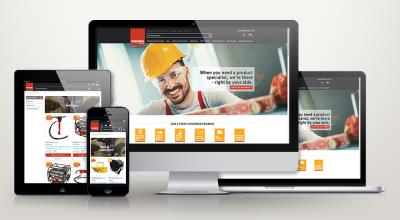E-Commerce and EDI can streamline your sales processes with better customer service to improve your business performance.

E-Commerce & EDI: Streamlining Digital Transactions for Modern Businesses
In today’s digital economy, customers and trading partners expect fast, accurate, and seamless transactions. To stay competitive, businesses must integrate their online channels, automate order flows, and eliminate manual data handling. E-Commerce and Electronic Data Interchange (EDI) deliver exactly that—providing real-time connectivity between your customers, suppliers, marketplaces, and your internal business systems.
When E-Commerce and EDI are fully integrated with your ERP, they become powerful engines for growth, efficiency, and customer satisfaction.
What Is E-Commerce Integration?
E-Commerce integration connects your online store or marketplace directly to your business system, ensuring data flows automatically between platforms.
This eliminates the need for manual updates and reduces the risk of errors.
An integrated E-Commerce solution typically includes:
- Automated online order import into your ERP system
- Real-time inventory updates to help avoid overselling
- Customer pricing and product data synchronisation
- Shipment updates and tracking back to customers
- Support for multiple stores, channels, and marketplaces
When every online order is automatically captured and processed, you save time, reduce costs, and provide a more reliable service to your customers.
What Is Electronic Data Interchange (EDI)?
EDI allows two business systems to communicate electronically using structured data formats agreed between trading partners.
It replaces paper, email, and manual data entry with automated, secure, machine-to-machine communication.
Key EDI transactions include:
- Purchase Orders (POs)
- Order Confirmations
- Advance Shipping Notices (ASNs)
- Invoices and Credits
- Inventory and product data updates
Many large retailers, distributors, and logistics companies require their suppliers to exchange information via EDI. By automating these transactions, businesses reduce administrative work and ensure compliance with partner requirements.
Why Integrate E-Commerce and EDI with ERP?
Connecting your digital sales channels and trading partners directly into your ERP creates a unified, end-to-end workflow.
Benefits include:
1. Seamless Order Processing
Orders from websites, marketplaces, or customers via EDI flow straight into your ERP—no re-keying, no delays, and no errors.
2. Real-Time Stock Visibility
Inventory levels update automatically as orders are received and shipped, helping prevent backorders or stock discrepancies.
3. Faster Fulfilment & Improved Customer Service
Automation speeds up dispatch, enhances accuracy, and allows customers to track deliveries.
4. Reduced Administration
Eliminating manual entry and document handling saves hours of labour every week.
5. Greater Accuracy & Compliance
EDI ensures you meet trading partner requirements while avoiding costly mistakes and chargebacks.
6. Scalable Digital Growth
As online demand increases, automated systems handle the growth without requiring more staff or processes.
E-Commerce Options Typically Supported
Whether you sell B2B, B2C, or across marketplaces, Ostendo ERP integrates best with:
- Shopify
- WooCommerce
A Fully Connected Business
When E-Commerce and EDI work together with your ERP, your business operates with greater control, reliability, and speed. Orders are processed without delays, customers receive accurate information, and trading partners get the electronic documents they require—every time.
Digital integration is no longer optional. It’s a core capability for businesses wanting to compete in today’s fast-moving marketplace.



